Table of Contents:
Are you struggling with hair, nails, or skin issues? Perhaps you’re facing challenges with inflammation, detoxification, or blood sugar regulation? Surprisingly, a simple and inexpensive solution may lie in addressing a common deficiency: glycine is the simplest amino acid. It’s chemical stricture make it a key building block of a proteins. Apart of its role in protein synthesis, glycine serves as a neurotransmitter in the central nervous system, contributing to functions like cognition and motor control. Moreover, it is involved in the synthesis of the other important molecules, such as porphyrins and purines. where it plays various roles Let’s delve into the fascinating world of glycine and its profound impact on our overall well-being.

Understanding Glycine/Amino acetic acid
- Collagen Formation:
- Collagen, the most abundant protein in your body, Contain high amount of glycine.
- Collagen provides strength to muscles, skins, cartilage, blood, bones and ligaments. Supplement with collagen has been shown benefits to skin health, relieves joints pain and prevent bone loss.
2 . Sleep Quality:
- Glycine may improve sleep quality. Many people struggle with failing or staying asleep
- supplement may also play key role in promoting better sleep.
3 . Detoxification and Antioxidant Production:
- Glycine is one of the three amino acids that your body uses to produce glutathione, a powerful antioxidant. “Glutathione helps protect your cells from oxidative stress caused by free radicals, which are implicated in various diseases
- Ensuring adequate Aminoacetic acid intake may benefits your health, especially as glutathione level naturally decline with age.
4 . Creatine Component:
- Glycine is also a component of creatine, a component that provides energy to muscles during quick, intense activities like weightlifting and sprinting.
- Creatine Supplementation has been associated with increase muscle size and power as well as potential benefits for bone health and brain function.
5 . Liver Health:
- Glycine supports liver function, aiding in detoxification and mitigating inflammation.
6 . Gut Health:
- It helps prevent gut inflammation, addressing the root causes of autoimmune conditions that often originate from the gut.
7 . Metabolic Health:
- It enhances insulin sensitivity, aiding in blood sugar regulation and weight management.
8 . Gout and Kidney Stones:
- Amino acetic acid competes with uric acid and may help prevent conditions like gout and kidney stones.
How to Address Deficiency
Given the importance of Amino acetic acid, it’s vital to ensure adequate intake.
- Gelatin Powder: Gelatin, made from cooked collagen, is rich in glycine, it used to make Jell-O, home made ice cream , gummies and whipped cream, incorporating gelatin into your diet provides a good dose of Aminoacetic acid.
- Bone Broth: Bone broth is an excellent source of collagen, which contain glycine, adding bone broth to your meal contribute to your glycine intake.
- Poultry Skin: Don’t discard the skin from chicken or turkey, Poultry skin contain approximately 3.3 grams of glycine per 3.5 ounces.
- Seafood: Fish, especially carp, catfish, mollusks clams, sturgeon, and wild salmon contain Aminoacetic acid. These seafood option provides quality protein and contribute to your overall health.
- Meat: Animal muscle meat contains some Aminoacetic acid, the highest amount are found in the connective tissues, tendons, ligaments, skin, cartilage, and bones. (Lean beef and lamb contain roughly 2gram of glycine per 3.5 ounces).
- Legumes: Legumes and legume products are also good source of Aminoacetic acid. Example includes (Soyabeans, tofu, peanuts, peanut butter, peas, mungo beans, lentils and kidney beans123.
Practical Tips for Incorporating Glycine
- Gelatin and Collagen Supplements: Easily accessible and versatile, gelatin or collagen supplements offer a convenient way to boost Amino acetic acid intake.
- Bone Broth and Whole Chicken Soup: Homemade bone broth or chicken soup, prepared using bones and connective tissues, provides a rich source of Amino ethanoic acid.
- Hydrolyzed Collagen: opt for hydrolyzed collagen, where proteins are broken down into smaller peptides for easier absorption.
- Be Mindful of Intake: While Amino acetic acid supplementation is generally safe, avoid excessive intake, as it may lead to adverse effects.
Conclusion
Incorporating Aminoacetic acid into your daily routine can yield profound benefits for your health and vitality. Whether you’re aiming to improve skin appearance, support liver function, or enhance sleep quality, prioritizing 2-Aminoacetic acid intake is a simple yet powerful step towards overall wellness. By understanding the importance of this often-overlooked amino acid, you can unlock the potential for a healthier, more vibrant life.


Leave a Reply